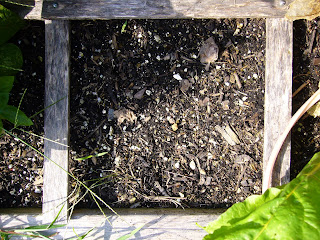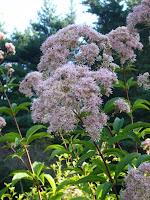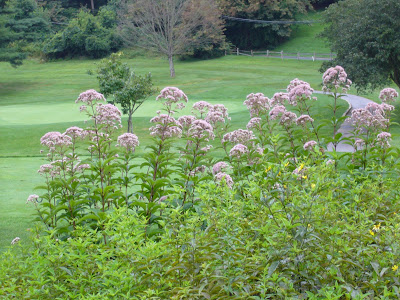In the Baltimore area, the fall web worms are out in full force this year. You see their huge webs hanging from almost every tree in some parts of the county. The good news is that as ugly as they are, fall web worms are not particularly destructive. They will eat all of the leaves within their web, but they don’t threaten the overall health of the tree.
Still, they are incredibly disgusting:

Fortunately, control is pretty easy and does not require chemicals. One option is to remove the branch with the web on it, put in a garbage bag, seal the bag, and throw it in the trash. A better option lets nature do most of the work and does not require the use of plastic trash bags. Simply tear open the web and let birds and animals feast on a tasty snack! I used this approach last year and it worked great – my yard has very few webs this year. For more information on web worms, check out this useful guide.
Bag worms are another pest that is making its presence felt right now. Unlike web worms, these guys are hard to spot because they are small and their “bags” look sort of like little pine cones.

Although these worms are often found on pines and other evergreen trees, I found one on a crape myrtle. They can do significant damage, so it is important to remove them if you see them. The best method for getting rid of bag worms is to remove them by hand and dispose of them in a sealed plastic bag. Bag worms are about to start their mating season (sounds exciting doesn't it?), so now is a great time remove them, before they have time to reproduce. More information on the fascinating life of a web worm can be found here.
Bag worm photo credit: Justin D Miller



 Next is a
Next is a  We also took a cucumber salad to the potluck. Unfortuantely, I don't have link to the recipe, but it is from the cookbook, Fresh Food Fast by Peter Berley
We also took a cucumber salad to the potluck. Unfortuantely, I don't have link to the recipe, but it is from the cookbook, Fresh Food Fast by Peter Berley


 Put the jar in the refrigerator for 2 days and give them a try. They will keep for at least a week. Let me know how you like them!
Put the jar in the refrigerator for 2 days and give them a try. They will keep for at least a week. Let me know how you like them!










